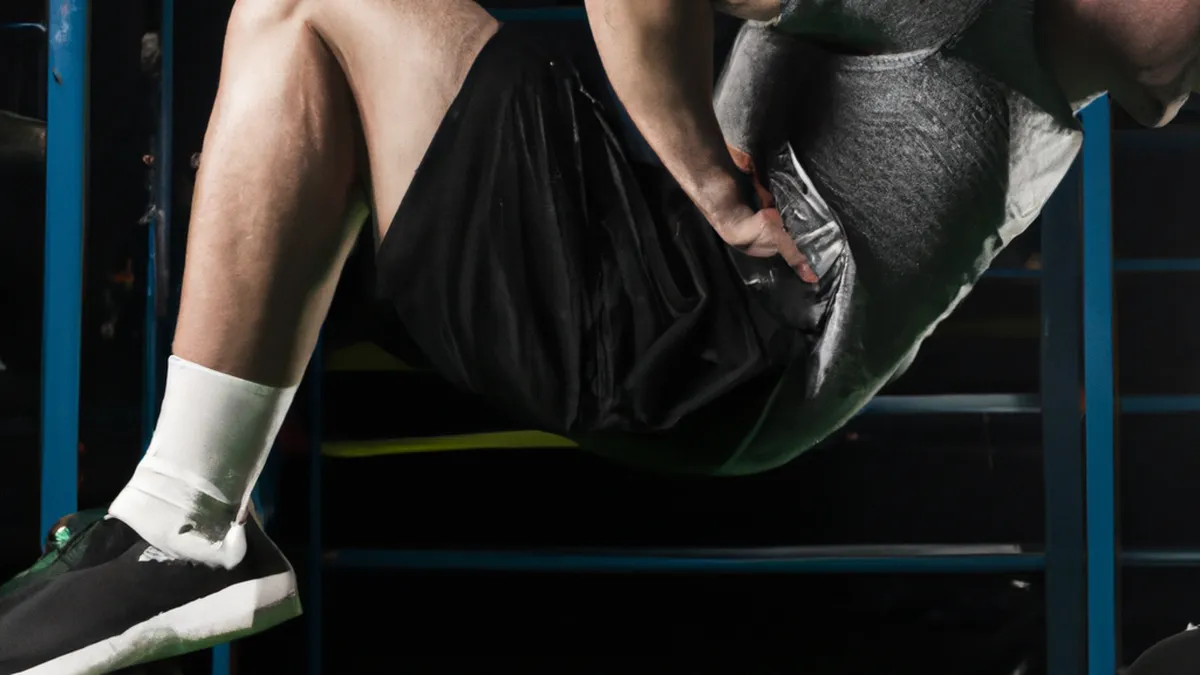Amplify Athletic Power with Custom Strength Plans
Sport-Specific Strength Training for Enhanced Performance
As an Amazon Associate I earn from qualifying purchases.
Gear tip: consider foam roller, lacrosse ball and massage gun to support this workout.
Athletes seek ways to improve performance and gain a competitive edge. Sport-specific strength training effectively builds strength for specific sports. This training targets the muscles and movements relevant to each sport. By tailoring their training, athletes enhance skills, capabilities, and overall performance.
In this blog post, we will explore tips for effective sport-specific strength training, practical implementation advice, and its numerous benefits. Let’s dive in!
Understanding Sport-Specific Strength Training
Sport-specific strength training improves physical attributes that correlate with performance. Each sport demands unique skills, such as speed, agility, endurance, or power. For example, basketball players need explosive leg strength for jumping, while swimmers require upper body strength for propulsion.
This tailored approach enhances muscular strength, balance, agility, coordination, and speed—all critical for success. Athletes can perform better under competition pressure by focusing on specific movements and muscle groups.
Tips for Effective Strength Training
1. Analyze Your Sport
Start by analyzing your sport thoroughly. Identify the primary movements and muscle groups essential for success. For instance, soccer players engage in running, kicking, and quick changes. Their training should emphasize lower body strength, agility, and cardiovascular endurance. Golfers should prioritize rotational strength, flexibility, and core stability for an effective swing.
2. Incorporate Functional Movements
Next, include functional movements in your training. These exercises replicate real-life actions and athletic movements. Squats, lunges, push-ups, and deadlifts build strength and flexibility, improving performance. Volleyball players benefit from box jumps for explosive jumping, while track athletes can enhance speed and power with plyometric exercises.
3. Use Resistance Training
Resistance training forms a cornerstone of sport-specific strength training. Athletes develop strength using weights, resistance bands, or bodyweight exercises. Football players can utilize heavy squats and bench presses for leg and upper body power. Tennis players might benefit from medicine ball throws to enhance rotational strength and serve speed.
4. Prioritize Core Strength
A strong core is vital for stability, balance, and overall performance in any sport. Incorporate exercises targeting core muscles, such as planks and Russian twists.
Conclusion
Sport-specific strength training enhances athletic performance by targeting relevant muscles and movements. Athletes can improve their skills by following these tips.
Below are related products based on this post:
FAQ
What is sport-specific strength training?
Sport-specific strength training is a tailored approach that focuses on building strength and enhancing performance in specific sports. It targets the unique muscle groups and movements essential for success in those sports, allowing athletes to improve their skills and overall capabilities.
How can athletes implement sport-specific strength training effectively?
Athletes can implement sport-specific strength training effectively by analyzing their sport to identify key movements and muscle groups, incorporating functional movements that replicate athletic actions, using resistance training to build strength, and prioritizing core strength for stability and balance.
What are the benefits of sport-specific strength training?
The benefits of sport-specific strength training include improved muscular strength, balance, agility, coordination, and speed. By focusing on specific movements and muscle groups, athletes can perform better under competition pressure, leading to enhanced overall performance in their respective sports.















Post Comment